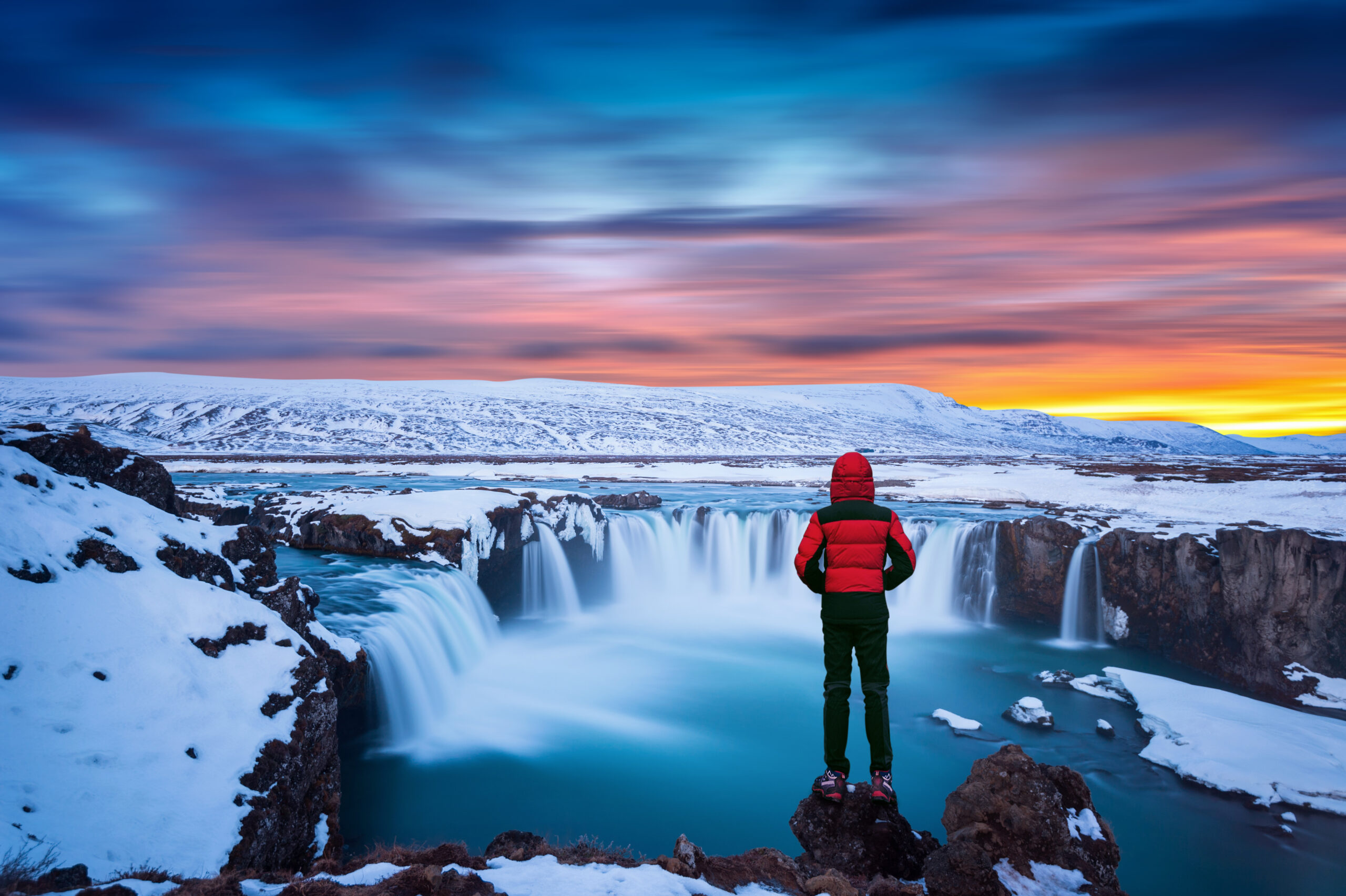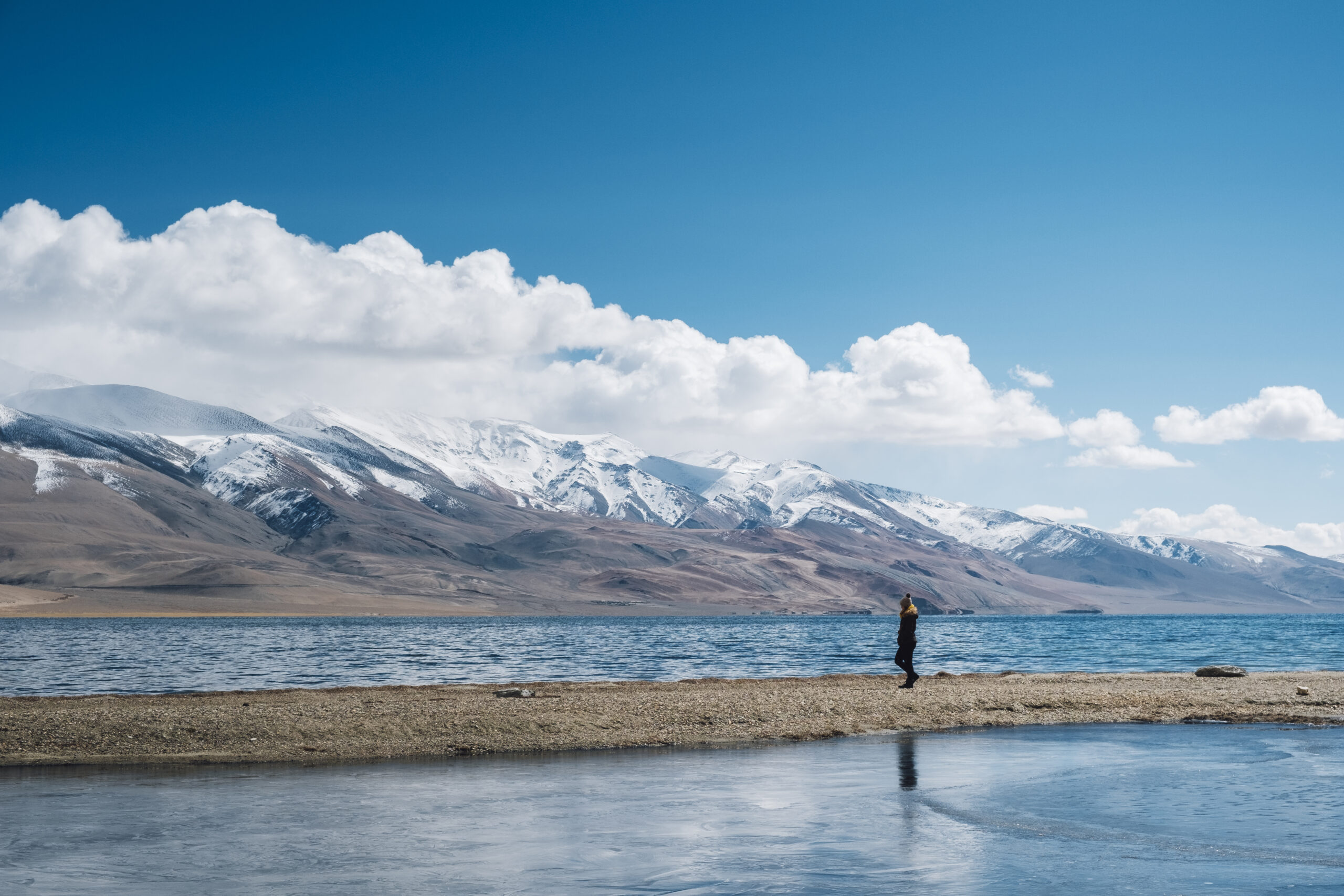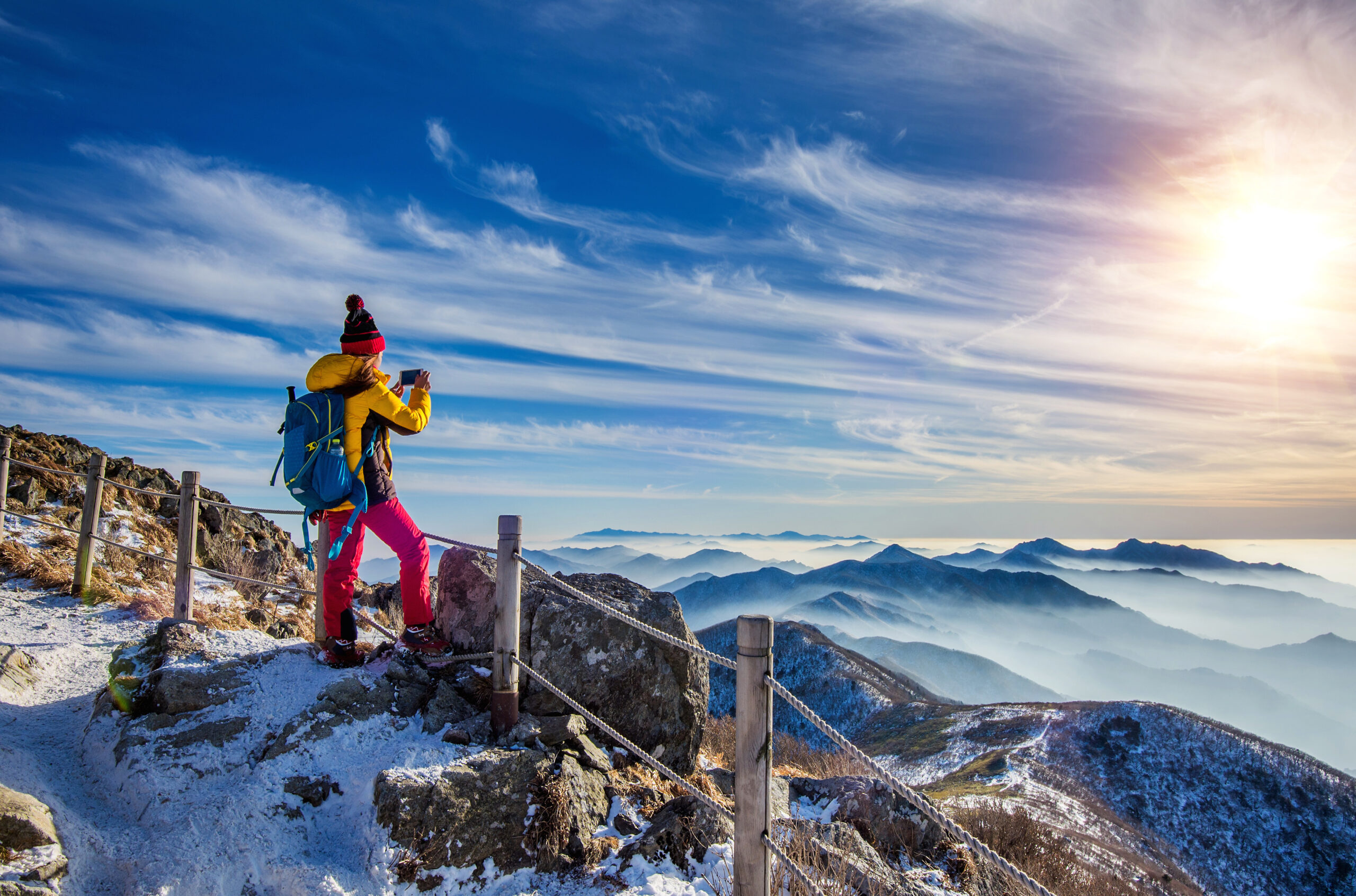Exploring Srinagar: The Crown Jewel of Kashmir

Nestled in the heart of the Kashmir Valley, Srinagar is a destination that seems plucked straight from a poet’s dream. With its serene lakes, vibrant gardens, and rich cultural tapestry, Srinagar has earned its reputation as the “Venice of the East” and the “Summer Capital of Jammu and Kashmir.” This 3000-word guide will take you on an immersive journey through Srinagar, uncovering its history, attractions, cuisine, and hidden gems—all while celebrating the essence of this enchanting city.
1. Introduction to Srinagar: A Glimpse of Paradise
Srinagar, the largest city in Kashmir, is more than just a geographical marvel—it’s an emotion. Framed by the Pir Panjal and Himalayan ranges, this city is a symphony of natural beauty and human ingenuity. From the iconic Dal Lake to the bustling old bazaars, Srinagar effortlessly blends tranquility with vibrancy. Whether you’re gliding through its waterways in a shikara or sipping kahwa in a quaint houseboat, Srinagar promises an unforgettable experience.
2. The Geography and Climate of Srinagar
Srinagar lies at an altitude of 1,585 meters above sea level, cradled by the Jhelum River. The city’s climate oscillates between chilly winters and mild summers, making it a year-round destination. Winters (November–February) transform Srinagar into a snow-clad wonderland, while spring (March–May) brings blooming tulips and almond blossoms. Summers (June–August) are ideal for exploring gardens, and autumn (September–October) paints the city in golden hues.
3. Historical Significance: Srinagar Through the Ages
Srinagar’s history dates back over 2,000 years, with mentions in ancient texts like the Rajatarangini. The city flourished under the Mauryas, Kushans, and Mughals, each leaving indelible marks. Emperor Ashoka introduced Buddhism here, while Mughal rulers like Akbar and Jahangir built iconic gardens. The British later adopted Srinagar as a summer retreat, cementing its status as a colonial-era gem.
4. Top Attractions in Srinagar
Dal Lake: The Soul of Srinagar
No visit to Srinagar is complete without experiencing Dal Lake. Stay in a traditional houseboat, haggle with floating vegetable vendors, or simply soak in the sunrise from a shikara. The lake’s Mughal-era gardens and floating markets are quintessential Srinagar.
Mughal Gardens: Nature’s Poetry
- Shalimar Bagh: Built by Jahangir for his wife, this terraced garden features cascading fountains and chinar trees.
- Nishat Bagh: Overlooking Dal Lake, it’s famed for its symmetry and flowerbeds.
- Chashme Shahi: The smallest Mughal garden, known for its natural spring.
Hazratbal Shrine: A Spiritual Oasis
This white-marble shrine houses a relic believed to be the Prophet Muhammad’s hair. Its serene location on Dal Lake’s banks makes it a must-visit.
Shankaracharya Temple: A Panoramic Pilgrimage
Perched on a hilltop, this 2,000-year-old temple offers sweeping views of Srinagar and symbolizes Kashmir’s spiritual diversity.
Old City: Where Time Stands Still
Wander through Srinagar’s labyrinthine alleys, visit the 14th-century Jama Masjid, and explore markets selling pashminas, spices, and papier-mâché crafts.
5. Srinagar’s Culinary Delights
Kashmiri cuisine is a feast for the senses. Don’t miss:
- Rogan Josh: Lamb cooked in aromatic spices.
- Gushtaba: Minced meatballs in yogurt gravy.
- Kahwa: Saffron-infused green tea with almonds.
Head to local favorites like Mughal Darbar or dine on a houseboat for an authentic experience.
6. Seasons in Srinagar: A Year-Round Affair
- Spring: The Tulip Festival in Indira Gandhi Memorial Tulip Garden (Asia’s largest tulip garden) is a riot of colors.
- Summer: Ideal for trekking in nearby Gulmarg or Pahalgam.
- Autumn: Witness saffron harvesting in Pampore.
- Winter: Enjoy snow sports or a cozy stay by a traditional hamam (heater).
7. Cultural Heritage: Arts, Crafts, and Festivals
Srinagar is a hub for handicrafts:
- Pashmina Shawls: Handwoven from Himalayan goat wool.
- Papier-Mâché: Intricately painted boxes and decor.
- Kashmiri Carpets: Known for their Persian-inspired designs.
Festivals like Eid, Hemis, and Shivratri showcase the city’s syncretic culture.
8. Travel Tips for Exploring Srinagar
- Best Time to Visit: April–October for pleasant weather.
- Stay: Opt for houseboats or heritage hotels like The Lalit Grand Palace.
- Transport: Use shikaras for lake tours and taxis for city trips.
- Safety: Follow local guidelines and respect cultural norms.
9. Day Trips from Srinagar
- Gulmarg (52 km): Skiing, gondola rides, and meadows.
- Pahalgam (95 km): Base camp for the Amarnath Yatra.
- Sonamarg (80 km): Gateway to the Himalayan glaciers.
10. Personal Stories: Conversations with Locals
Chat with a shikara owner about life on Dal Lake, or learn carpet-weaving from a third-generation artisan. These interactions reveal Srinagar’s warm heart.
11. Conclusion: Fall in Love with Srinagar
Srinagar is not just a destination—it’s a feeling. Its landscapes, flavors, and people leave an imprint on your soul. Whether you’re a history buff, nature lover, or culinary enthusiast, Srinagar invites you to write your own story in its timeless embrace.
Final Words
Srinagar, with its ethereal beauty and cultural richness, is a testament to Kashmir’s enduring allure. As you plan your journey, remember that Srinagar isn’t just a place to visit; it’s a world to experience. Pack your bags, embrace the magic, and let Srinagar redefine your idea of paradise.



